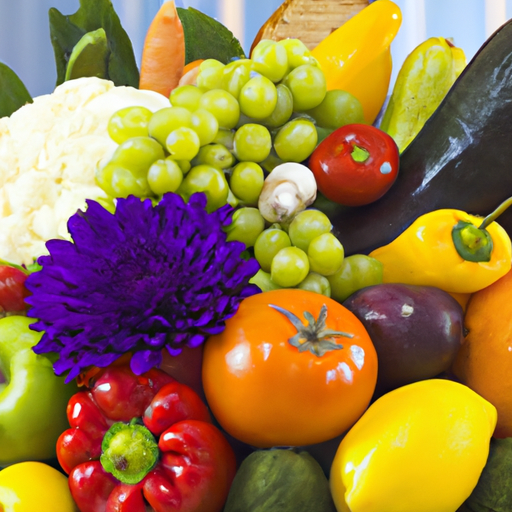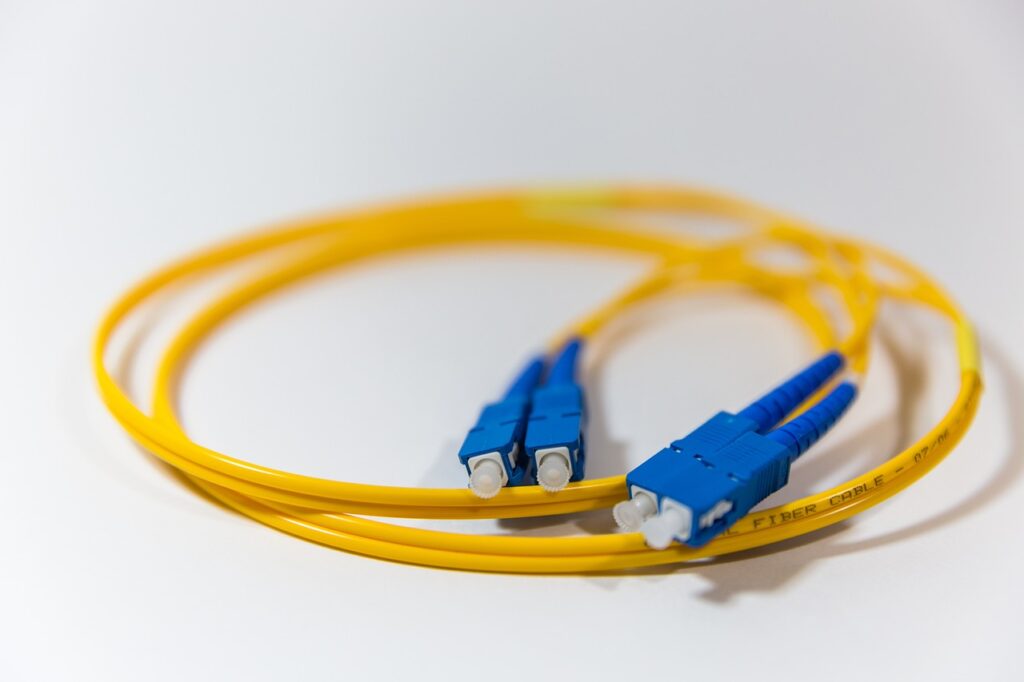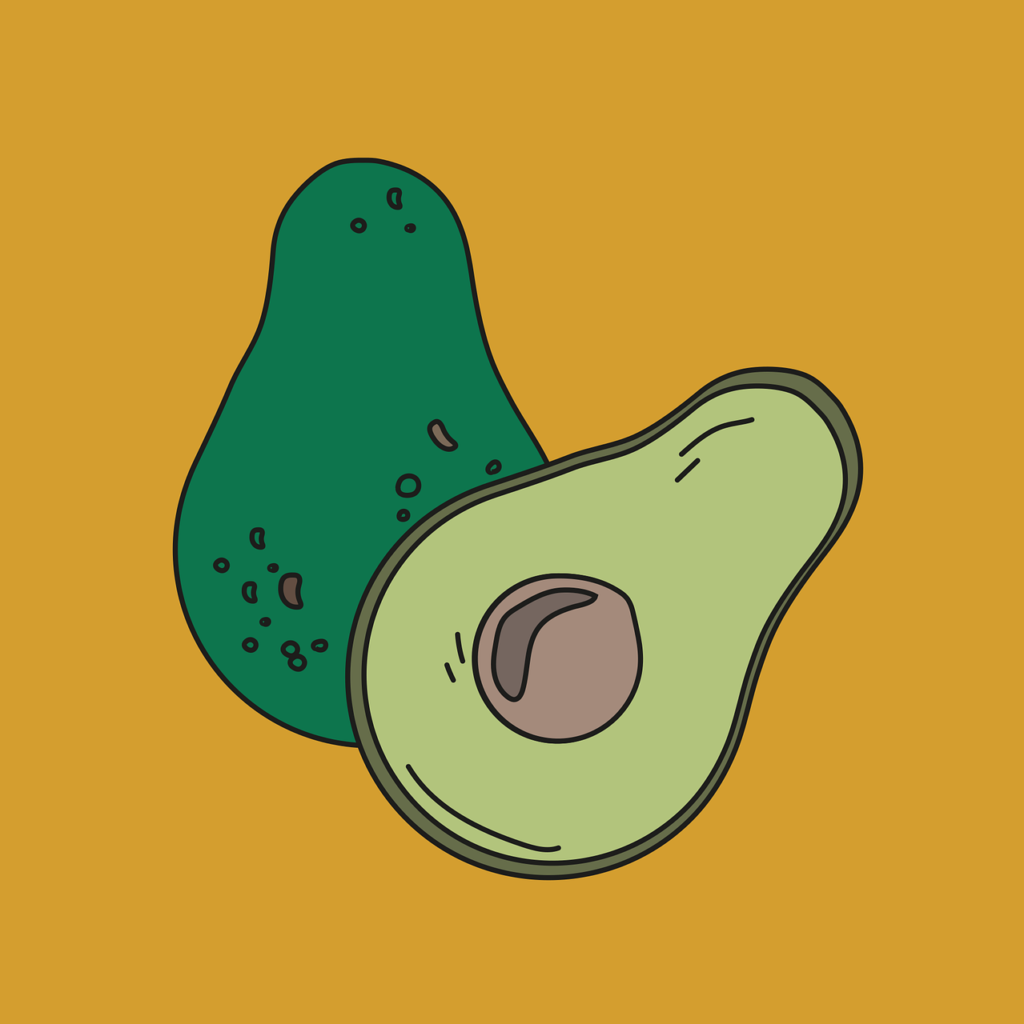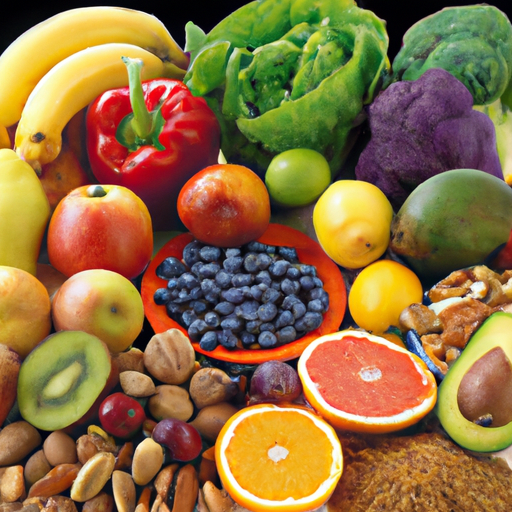Looking to improve your health and manage your weight? Look no further than the power of fiber! Fiber is a crucial nutrient that can offer a wide range of benefits, from improving your digestive health to reducing the risk of diseases like diabetes and cancer. And now, you can easily incorporate more fiber into your diet with a printable list of high fiber foods that you can download for free. Whether you’re a fan of fruits, vegetables, whole grains, nuts, or seeds, there’s a fiber-rich option for everyone. Plus, we’ve included helpful tips on how to increase your fiber intake throughout the day, so you can start reaping the rewards of this mighty nutrient. So why wait? Let’s embrace the importance of fiber for your health and weight management today!
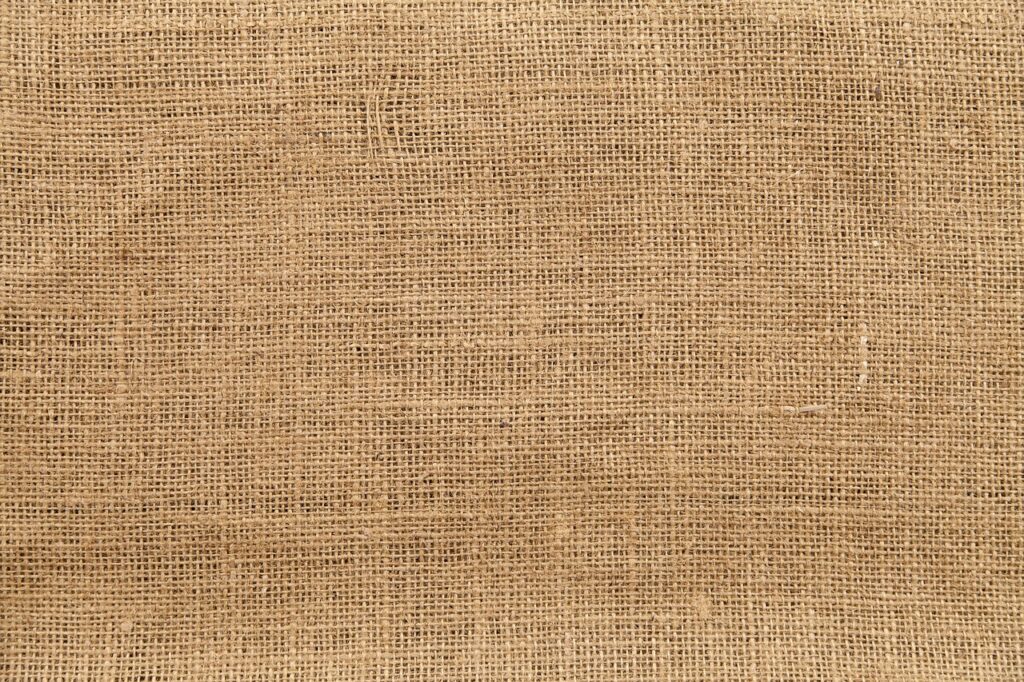
Types of Fiber
Fiber is an essential nutrient for maintaining good health and managing your weight. There are two main types of fiber: soluble and insoluble. Both types offer unique benefits and can be found in a variety of plant-based foods.
Soluble Fiber
Soluble fiber dissolves in water and forms a gel-like substance in your digestive system. This type of fiber helps to slow down the digestion process, which can help regulate blood sugar levels and promote a feeling of fullness. Soluble fiber also plays a role in lowering cholesterol levels and improving heart health.
Sources of soluble fiber include fruits like apples, oranges, and berries, as well as vegetables like carrots and broccoli. Legumes, such as beans and lentils, are also high in soluble fiber.
Insoluble Fiber
Insoluble fiber does not dissolve in water and adds bulk to your stool. This type of fiber helps to prevent constipation and promote regular bowel movements. Insoluble fiber also aids in maintaining a healthy digestive system by preventing issues like hemorrhoids and diverticulitis.
You can find insoluble fiber in foods like whole grains, such as brown rice and whole wheat bread. Vegetables like cauliflower and Brussels sprouts are also rich in insoluble fiber. Nuts and seeds, like almonds and chia seeds, are another source of this type of fiber.
Sources of Fiber
To ensure you’re getting enough fiber in your diet, it’s important to incorporate a variety of fiber-rich foods into your meals and snacks. Here are some of the best sources of fiber:
Fruits
Fruits are a delicious and natural way to increase your fiber intake. Many fruits are high in fiber, especially when consumed with the skin or pulp. Some fruits with high fiber content include raspberries, apples, pears, and bananas. Adding a variety of fruits to your diet can help you reach your daily fiber goals.
Vegetables
Vegetables are another excellent source of fiber. Leafy greens like spinach and kale are packed with fiber and other essential nutrients. Other fiber-rich vegetables include broccoli, Brussels sprouts, and artichokes. Aim to incorporate a mix of both raw and cooked vegetables into your meals for maximum fiber intake.
Whole Grains
Whole grains are an important source of fiber in your diet. Unlike refined grains, which have had the bran and germ removed, whole grains retain these nutritious parts. Choose whole grain options like brown rice, quinoa, whole wheat bread, and oatmeal to increase your fiber intake.
Nuts and Seeds
Nuts and seeds not only provide healthy fats and protein but also contribute to your fiber intake. Almonds, chia seeds, flaxseeds, and pumpkin seeds are all excellent sources of fiber. Sprinkle them on top of salads or yogurt, or enjoy them as a snack to boost your daily fiber consumption.
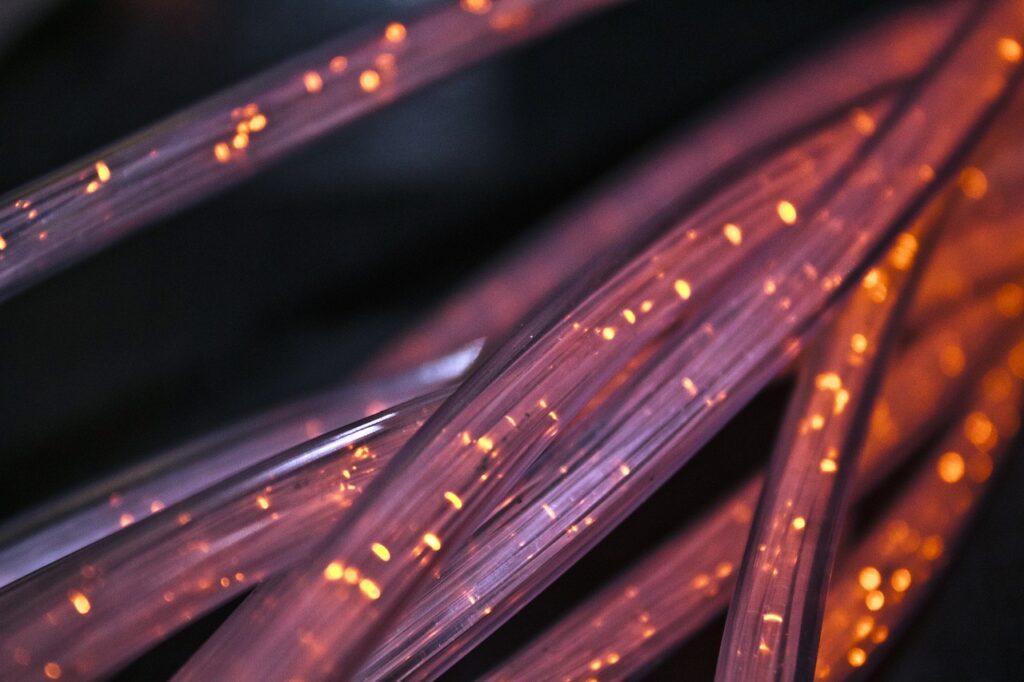
Health Benefits of Fiber
Including fiber-rich foods in your diet offers numerous health benefits. Here are some of the key advantages of consuming an adequate amount of fiber:
Improved Digestive Health
Fiber plays a crucial role in maintaining a healthy digestive system. It adds bulk to your stool, making it easier to pass through the intestines and preventing constipation. Additionally, fiber promotes the growth of beneficial bacteria in the gut, which supports overall digestive health.
Heart Health
Fiber is known to contribute to a healthy heart. Soluble fiber, in particular, can help lower cholesterol levels by binding to cholesterol in the digestive system and preventing its absorption into the bloodstream. By lowering cholesterol levels, fiber helps reduce the risk of heart disease and stroke.
Weight Management
If you’re looking to manage your weight, fiber can be a valuable ally. High-fiber foods often require more chewing, which slows down the eating process and helps you feel fuller for longer. This can prevent overeating and contribute to weight loss or maintenance.
Reduced Risk of Diseases
A fiber-rich diet has been linked to a reduced risk of various diseases. Studies have shown that a high-fiber diet can lower the risk of developing type 2 diabetes, certain types of cancer (such as colorectal cancer), and cardiovascular disease. Fiber’s ability to regulate blood sugar levels, improve digestion, and lower cholesterol all contribute to these disease prevention benefits.
Recommended Daily Fiber Intake
The amount of fiber you should consume daily depends on several factors, including age, gender, and location. The following recommendations provide a general guideline for fiber intake:
Factors Affecting Fiber Intake
Factors such as age, sex, activity level, and overall health can influence how much fiber you need. Pregnant or breastfeeding women may require additional fiber to support their nutritional needs. If you have specific health conditions, it’s best to consult with a healthcare professional to determine the ideal fiber intake for your circumstances.
Gender Differences
On average, adult men should aim for 30-38 grams of fiber per day, while adult women should aim for 21-30 grams. These recommended daily values account for the differing caloric needs and metabolism between men and women.
Location Differences
Fiber recommendations may vary across different countries and regions due to dietary preferences and cultural factors. For example, Western diets tend to be lower in fiber compared to diets in some Asian countries where whole grains, legumes, and vegetables are commonly consumed.
It’s important to remember that these are general recommendations, and individual needs may vary. Paying attention to how your body responds to different levels of fiber intake can help you determine the appropriate amount for your specific needs.
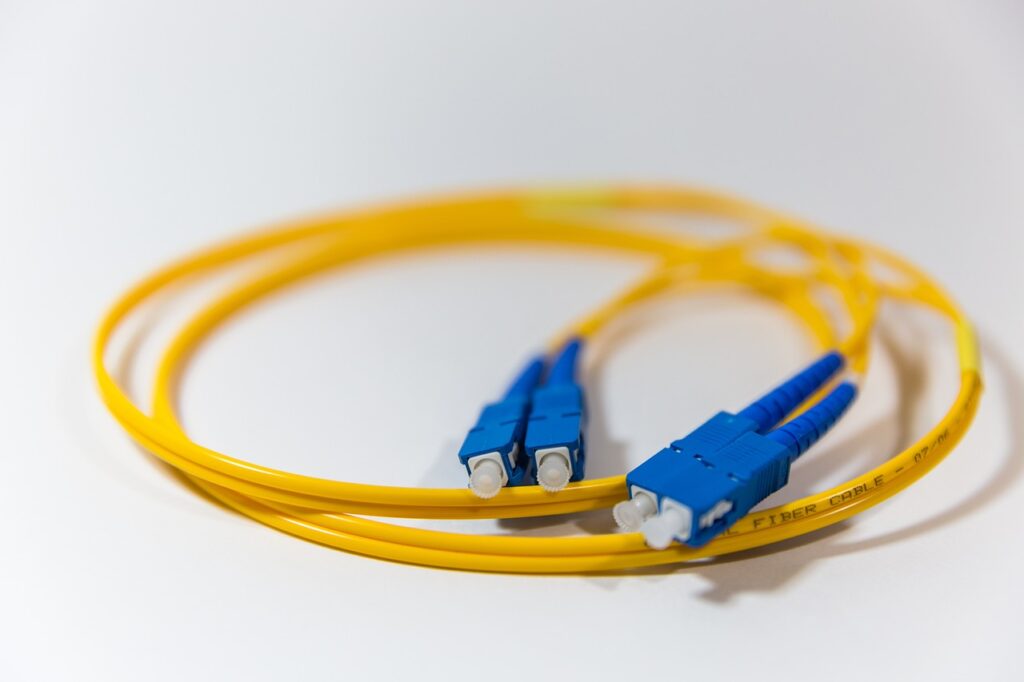
Tips to Increase Fiber Intake
Now that you understand the importance of fiber and where to find it, here are some practical tips to help you increase your daily fiber intake:
Adding Berries to Breakfast
Start your day with a fiber boost by adding a variety of berries to your breakfast. Whether sprinkled on top of cereal, mixed into yogurt, or blended into a smoothie, berries like raspberries, strawberries, and blueberries provide a delicious and nutritious way to increase your fiber intake.
Swapping White Bread for Whole Wheat
When it comes to bread, opt for whole wheat instead of white. Whole wheat bread is made from whole grains, which are higher in fiber than refined grains. Making this simple switch can significantly increase your fiber consumption.
Consuming Smoothies with Fruits and Veggies
Smoothies are a great way to incorporate a variety of fruits and vegetables into your diet. Blend a combination of fiber-rich ingredients like spinach, kale, berries, and bananas for a nutrient-packed, fiber-filled meal or snack.
Incorporating Oats in Meals
Oats are a versatile and fiber-rich grain that can be added to many dishes. Whether in the form of oatmeal, granola, or homemade oat bars, incorporating oats into your meals can provide a significant fiber boost.
Snacking on Popcorn
Swap out unhealthy snacks for a fiber-rich alternative like air-popped popcorn. Popcorn is a whole grain snack that is low in calories and high in fiber. Just be sure to opt for plain or lightly salted varieties, as pre-packaged and flavored options can contain added sugars and unhealthy fats.
Pairing Meat with Beans
When preparing meals that include meat, consider pairing it with beans. Adding beans to dishes like chili, soups, or salads not only adds protein and flavor but also increases the overall fiber content.
Adding More Colorful Vegetables to Meals
Try to make your meals more colorful by adding a variety of vegetables. Opt for dark leafy greens, vibrant bell peppers, and other colorful options to increase your fiber intake while enjoying a wide range of nutrients.
Mixing Cauliflower Rice with Regular Rice
If you’re a fan of rice, consider mixing cauliflower rice with regular rice for a fiber boost. Cauliflower rice is made from finely chopped cauliflower and provides a lower-calorie, fiber-rich alternative to traditional rice.
Chart of High Fiber Foods
To make it easier for you to increase your fiber intake, here is a chart of high fiber foods categorized into grains, fruits, vegetables, legumes, and fats:
Grains:
- Whole grain bread
- Brown rice
- Quinoa
- Oats
- Barley
Fruits:
- Raspberries
- Pears
- Apples
- Bananas
- Oranges
Vegetables:
- Broccoli
- Brussels sprouts
- Spinach
- Carrots
- Cauliflower
Legumes:
- Black beans
- Lentils
- Chickpeas
- Split peas
- Kidney beans
Fats:
- Almonds
- Chia seeds
- Flaxseeds
- Avocado
- Pumpkin seeds
Incorporating these high fiber foods into your meals and snacks will help you meet your daily fiber goals and enjoy the health benefits that come with consuming adequate amounts of fiber.
Remember, it’s essential to increase your fiber intake gradually and drink plenty of water to avoid any potential digestive discomfort. With time, your body will adjust, and you’ll be able to enjoy the many benefits of a fiber-rich diet.
So go ahead and start incorporating more fiber-rich foods into your routine, and download our free printable list of high fiber foods as a handy reference. Happy fiber boosting!
